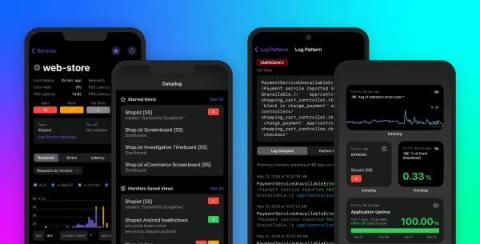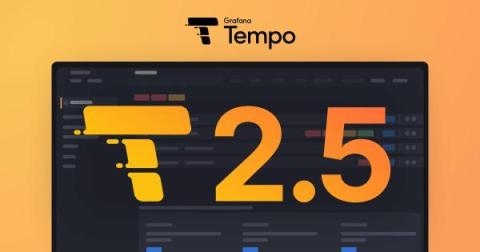Getting started with the Datadog mobile app
The Datadog mobile app can help you make the most of the deep visibility Datadog gives you into your applications and infrastructure. In addition to helping you monitor key metrics, facilitating alerting, and smoothing the way for coordination among teams, the mobile app gives you the resources and context to investigate issues and respond to incidents from anywhere.










